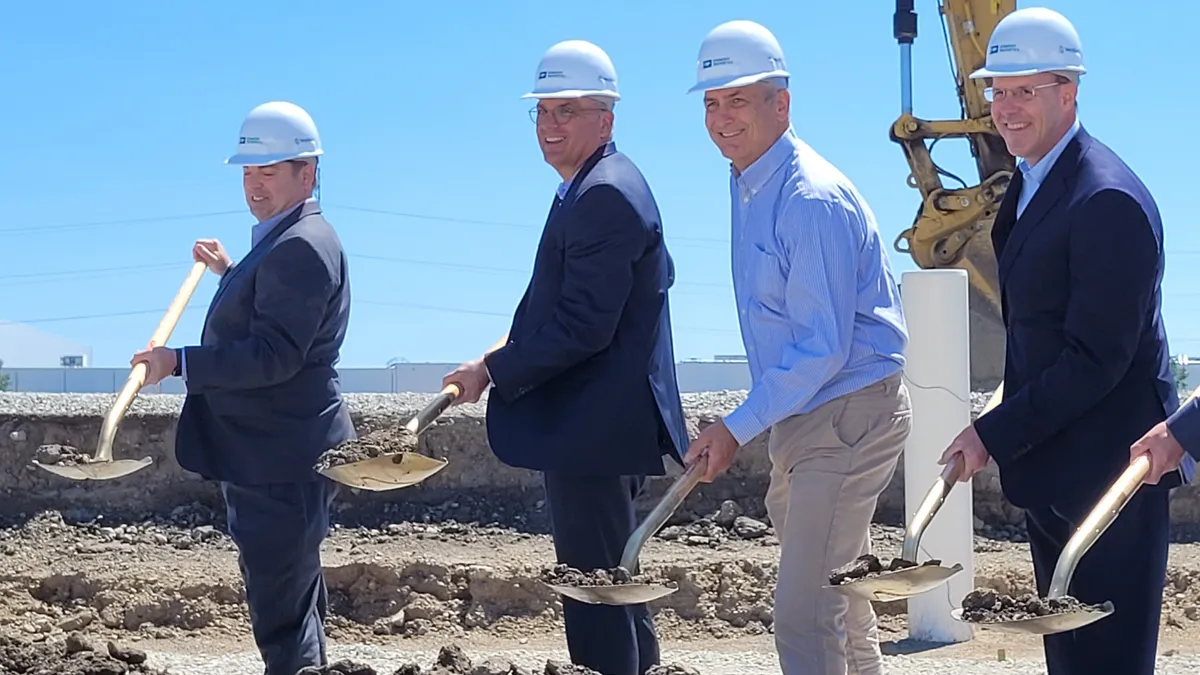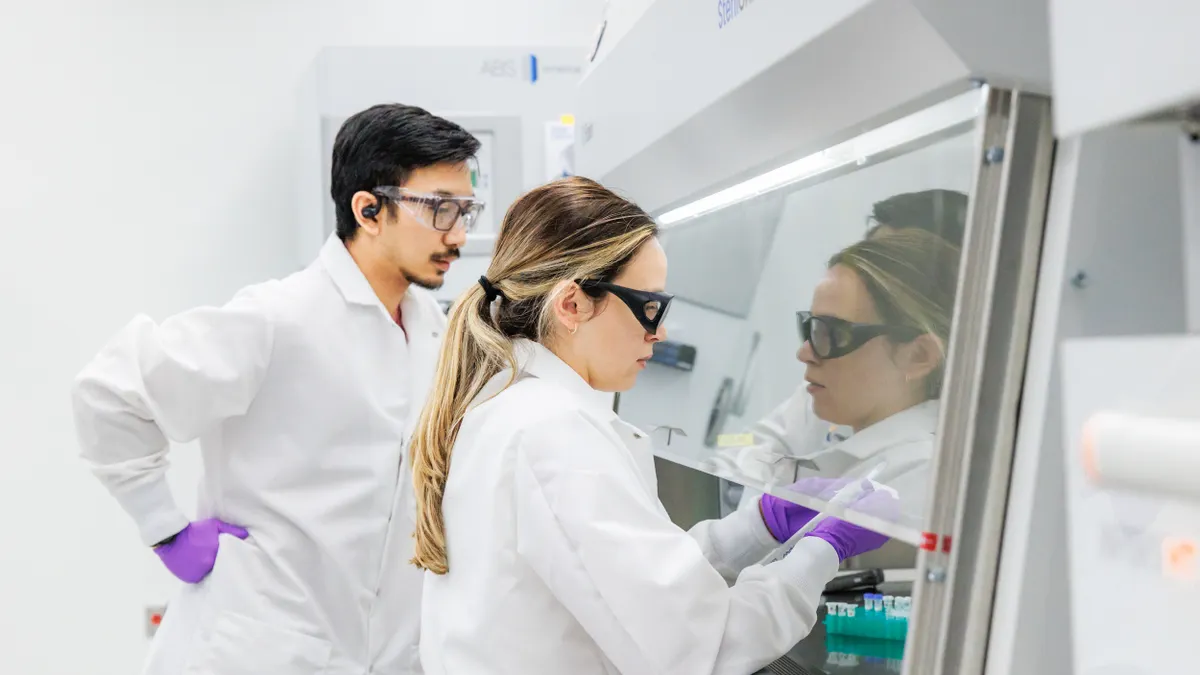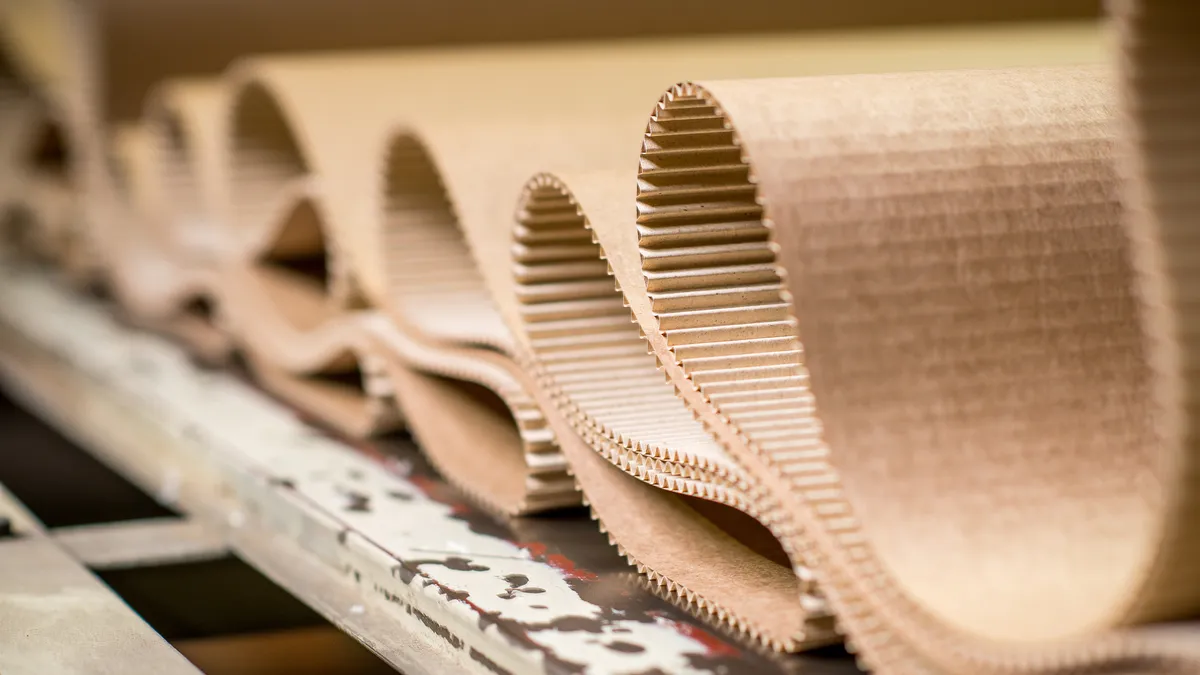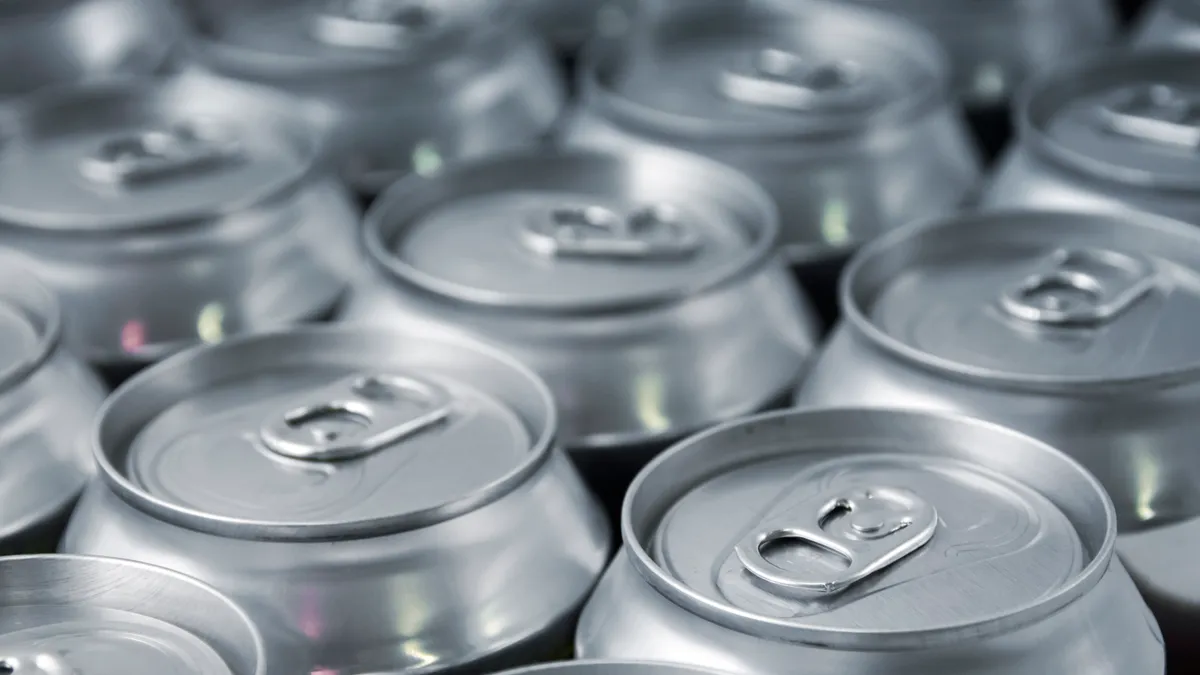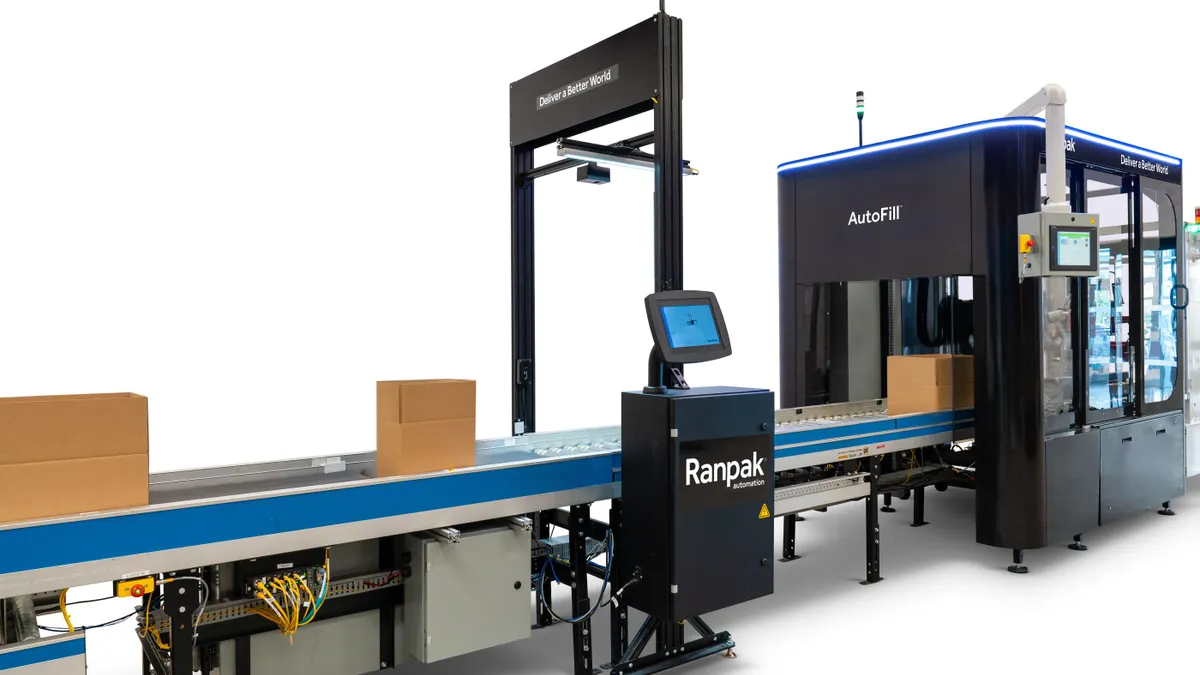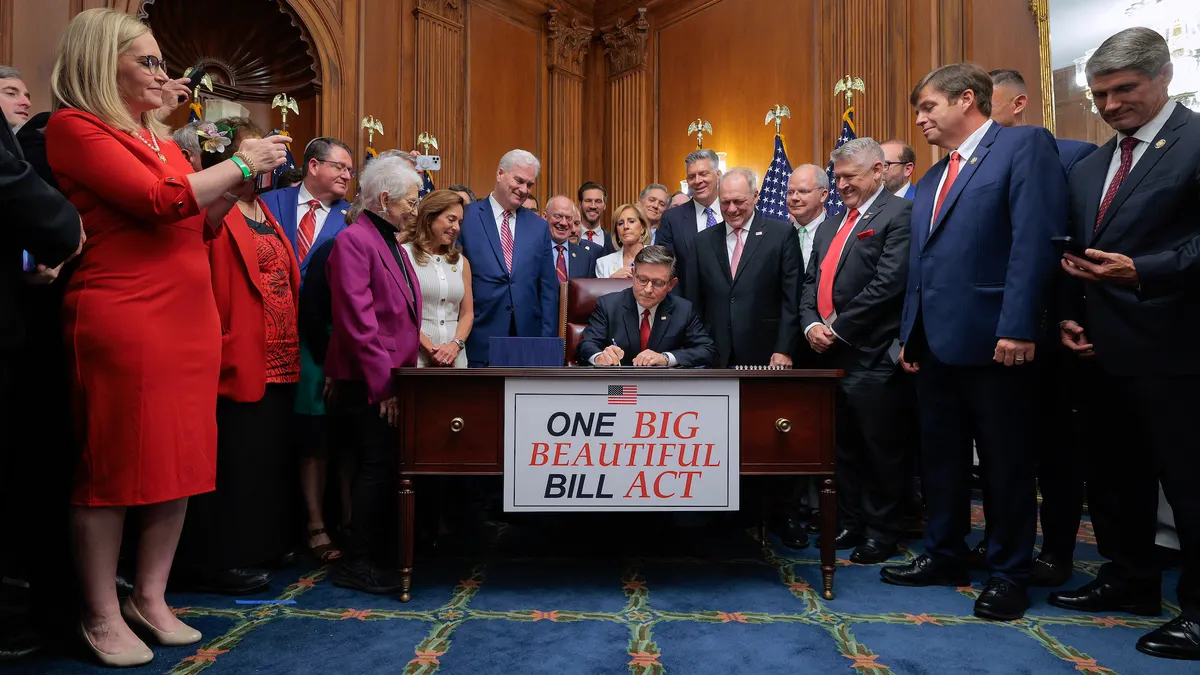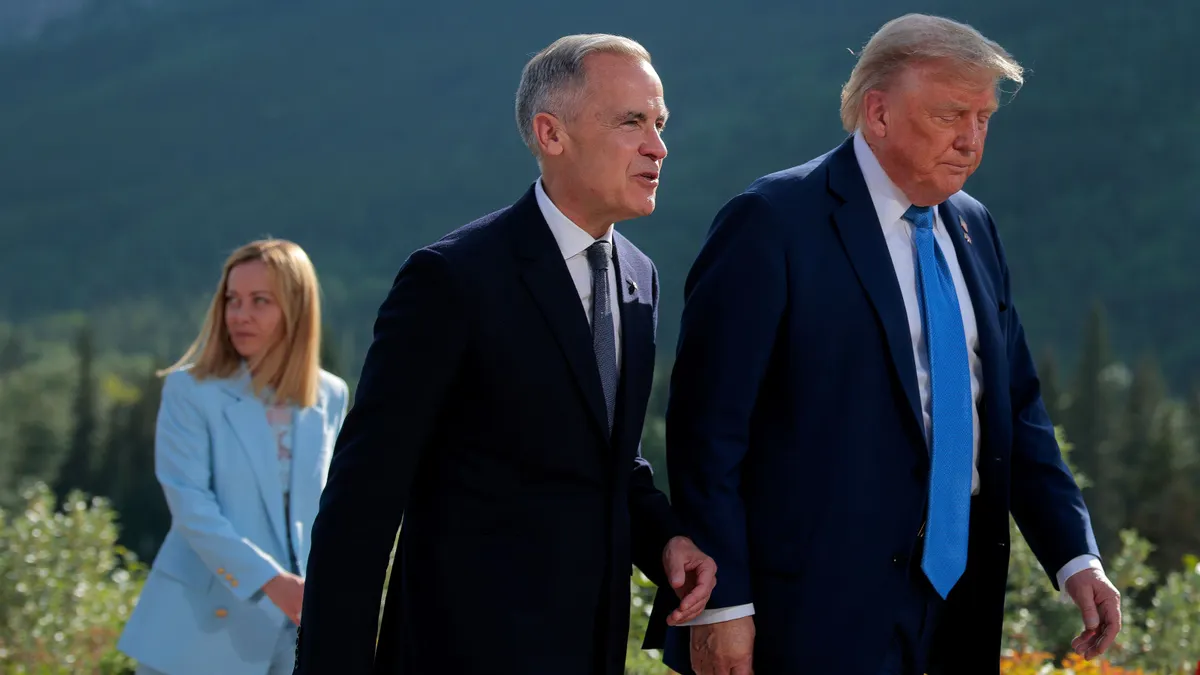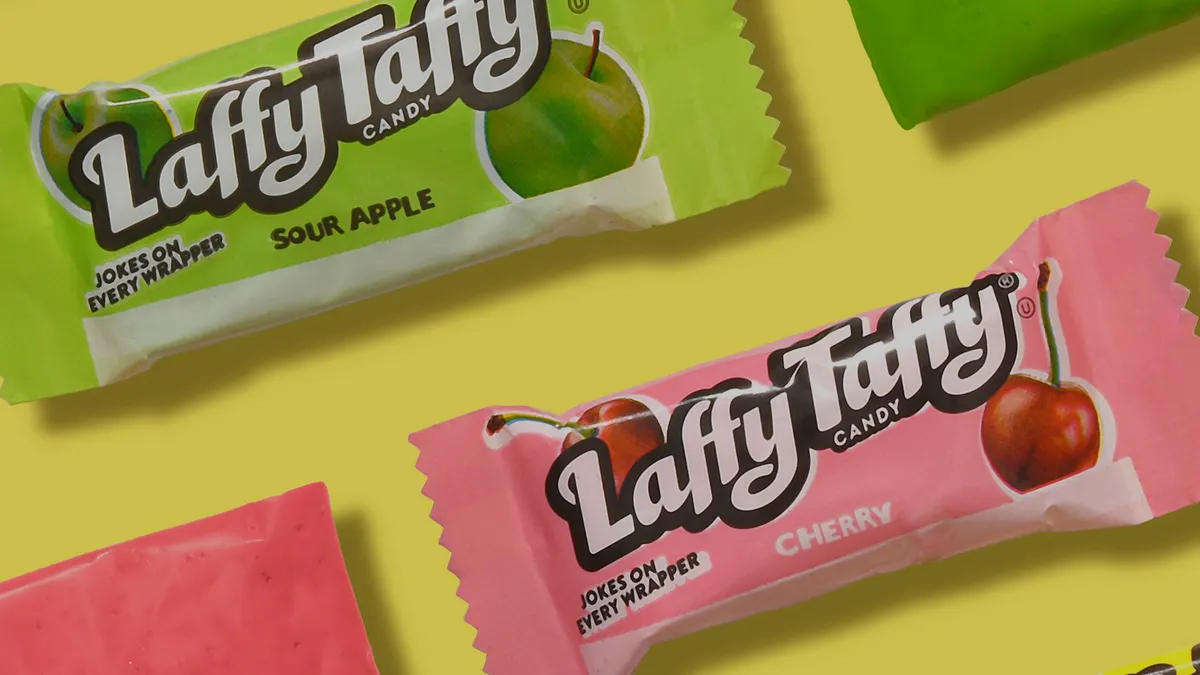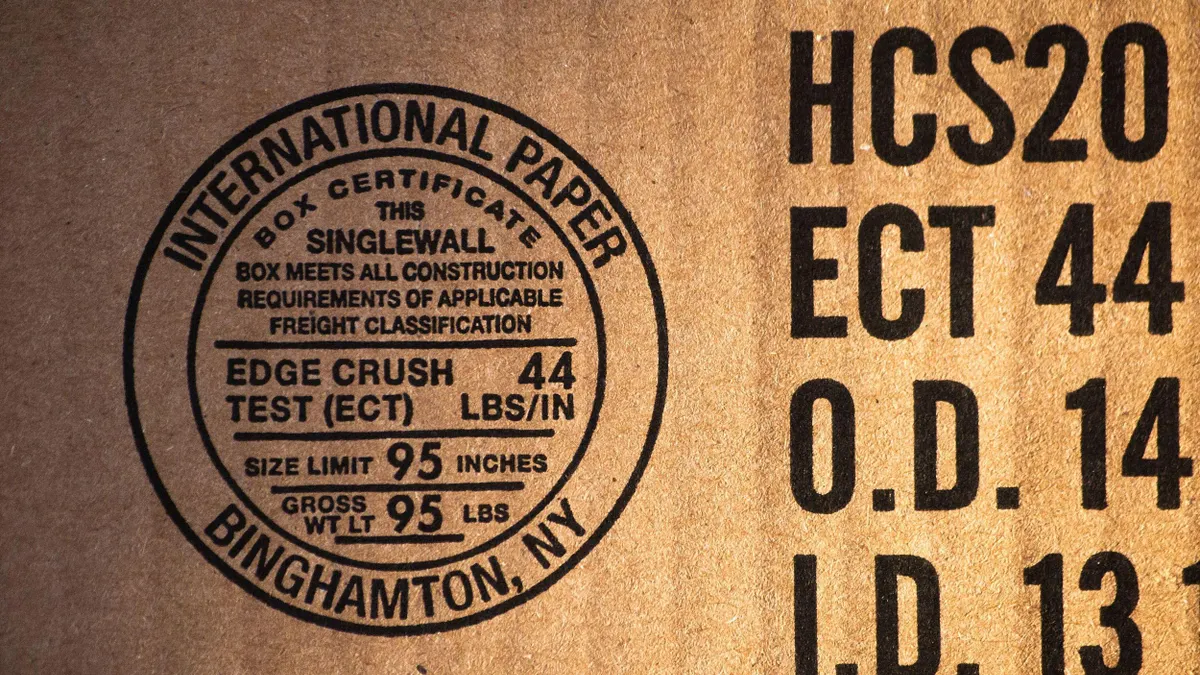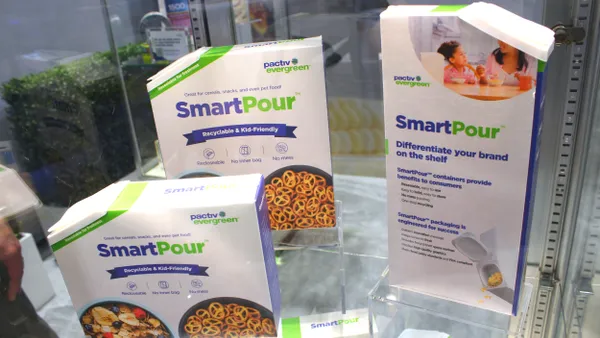WestRock’s acquisition by Smurfit Kappa is slated for finalization this Friday. The new company intends to stay the course with its North American corrugated strategy, said departing CEO David Sewell during a recent interview.
Sewell spoke with Packaging Dive after a June 27 groundbreaking ceremony for WestRock’s newest corrugated box plant in Pleasant Prairie, Wisconsin. He said locating the $140 million “superplant” in the Midwest aligns with WestRock’s forward-looking strategy to leverage automation and consolidation to boost efficiencies.
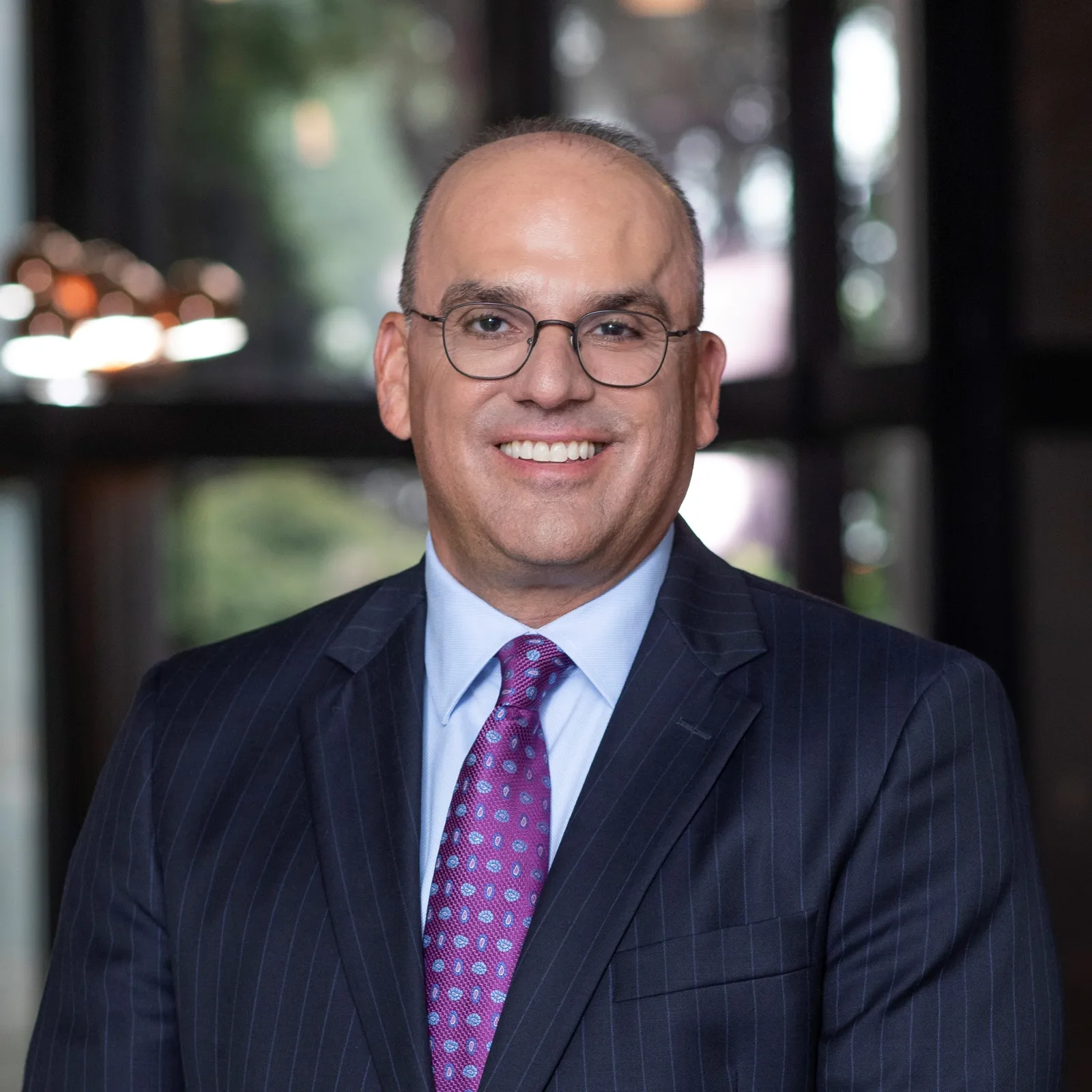
Securities filings that detail the structure of the new company, Smurfit Westrock, indicate that Sewell will depart following the July 5 deal close; Smurfit Kappa CEO Tony Smurfit will lead the new company. Sewell served as WestRock CEO since March 2021, when he replaced Steven Voorhees.
Sewell helped grow WestRock from $17.6 billion to $20.3 billion in sales in three years. He navigated during volatile economic times for the industry, including the COVID-era box boom and subsequent turbulent period of customer destocking. Last year, the company announced closures of numerous facilities nationwide — including in North Charleston, South Carolina; St. Louis; and Tacoma, Washington — as part of a footprint optimization effort that Sewell had previously said was accelerated by the demand downturn.
Also on Sewell’s watch, WestRock completed the acquisition of the remaining interest in Mexico-based Grupo Gondi for $970 million in 2022. Last year, the company sold its remaining stake in RTS Packaging to Sonoco for $330 million.
Prior to his time at the paper and packaging company, Sewell spent 14 years at Sherwin-Williams, most recently as president and chief operating officer. Before that, he worked in General Electric’s plastics division for about 15 years.
During the interview with Packaging Dive, Sewell reflected on his challenges and accomplishments while leading WestRock, and on what lies ahead — both for the company and himself.
This interview has been edited for length and clarity.
PACKAGING DIVE: You mentioned during prepared remarks that the Pleasant Prairie facility will be a ‘superplant.’ Could you give more details about what that means?
DAVID SEWELL: We came together, obviously, through a lot of acquisitions. So, for example, here in the Midwest, through multiple acquisitions, we've had multiple plants in a very condensed area. We’ve been investing in those plants. But what we found is that in certain highly populated areas where we might have six or seven or even sometimes eight plants, we can go to a more consolidated plant. [We can] take some of that and make it a fully automated, high-quality, high-speed, truly innovative, sustainable plant that’s lower-cost with better throughput.
It's a great blend of keeping the localization and the customization and the ability to serve small, local business, but also the scale to be fully automated, high-quality and high-throughput and provide the best service as possible for our customers.
Analysts have indicated that the industry has been in a cardboard box recession but might be pulling out of it soon. In light of that, talk about the timing of announcing and launching the Pleasant Prairie corrugated box facility.
I think the timing is absolutely perfect. We’re scheduled to be open in April of 2025.
You're right, the last 18 months, with the whole supply chain rebalancing and coming out of COVID, the market really went through a downturn. But all projections that are coming out have positive volume growth in the next year. And we've seen a lot of innovation where fiber packaging is now replacing plastic, so you're getting growth there. I think the whole supply chain rebalancing is 100% over, and now I think we're back to a normalized growth level.
This year, numerous fiber packaging company executives have expressed frustration because their price increases haven’t been fully recognized on all indexes, leading some to say on earnings calls they’re considering other pricing models. Is WestRock moving that way, especially after the July 5 combination?
I’d be careful about giving forecasts. But I think there’s a lot of challenges with the way pricing is done.
For example, look at what OCC pricing has done over the last year — the fact that it’s been such an inflationary environment with OCC, but then we reduced the price of containerboard. It’s not sustainable. You can’t have companies facing massive inflation and having to lower their price.
But just because operating rates are as high as they are doesn’t mean we’re not investing in innovation. This site in Pleasant Prairie is the perfect example. You have to invest tens of millions of dollars in facilities, and our capital expense is a billion dollars a year. But that all has to be part of it. You just need to make sure that all those factors come into play in how you run a business.
I think you will see an enormous amount of pressure on companies [for pricing model re-evaluation].
Should we expect to see some changes in the company’s corrugated strategy after the deal with Smurfit Kappa closes July 5?
No, I think what you’ll see is the continued focus on high value, improving margins, customer focus and improving the asset quality — which we’ve done an enormous amount of work on. I think we’ll continue to see that moving forward.
David, what’s next for you after July 5?
Thank you, I appreciate the question. But I’ve committed not to make comments on that until post-close.
What I would say is, this company is so well positioned, especially with the merger that will happen with Smurfit. There’s been a lot of footprint rationalization, a lot of investments, a lot of focus on high value and innovations. I think the combination of all of that is going to benefit our customers. I think we’re going to see now as we move forward in a more normalized volume environment that the company is going to thrive, and Tony Smurfit and his team are going to do a good job.
You have been CEO during a very dynamic time, both for WestRock and the industry as a whole. Describe some of the top accomplishments during your tenure.
I’m really proud of the team. The team has done an amazing job.
I think really being focused on ensuring we’re getting the return on investments that we’re making — with a lot of acquisitions and making sure we get those returns. Upgrading the capital plan to ensure we get the great asset quality. Focusing very hard commercially to ensure we get margin expansion.
I think as you see with the pricing, a lot of the transformation was on taking a billion dollars of costs out. That’s never easy. We did that through productivity and footprint optimization, and I think the entire market will benefit from the direction we went. And now I think you’re seeing some of the values of consolidation. Some other companies obviously are doing that as well. I think you’re starting to see the importance of getting paid for value; operating rates is just a piece of it.
What have you learned during your time at WestRock that you’re going to take into your next endeavor?
It’s so important when investing capital that you invest in the most effective way possible, that you’re measuring yourself on returns and that there’s value. We’ve done tons of acquisitions and as you look at that footprint, where we invest that capital is so important.
The other piece is that pricing power is really important. We do invest in innovation; there’s value there, and that’s why the pricing should be recognized. There’s so many industries where operating rates aren’t even a thing, so that shouldn’t be the deciding factor.
You came to WestRock from Sherwin-Williams, but prior to that you spent years at GE — in plastics. Plastics and fiber are a bit disparate right now in the packaging space, aren’t they?
I started my career at GE Plastics in their advanced materials department. But you know, when we were doing plastics, sustainability wasn’t even a thing. Now there are opportunities to replace plastics where it makes sense. But plastics will have a place in the market as well. I think there’s a good balance.
This goes back to the innovation and investments that are needed: You need to continue to do that to replace plastics. It’s not typically a one-for-one. Design and innovation work needs to happen. And that’s why I think the direction we’ve gone ... we’re really proud of what the team has done.
I think it will come full circle. The ability to recycle fiber is such a huge advantage. I think we will continue to see more and more companies gravitate toward that.
Any final thoughts?
It’s really a great industry that I think probably deserves more respect than it gets. It’s an incredibly complex supply chain. There are so many great companies that are doing the right thing for the environment.
Moving forward, I think this industry will continue to thrive. It was an exciting time to be a part of it.



